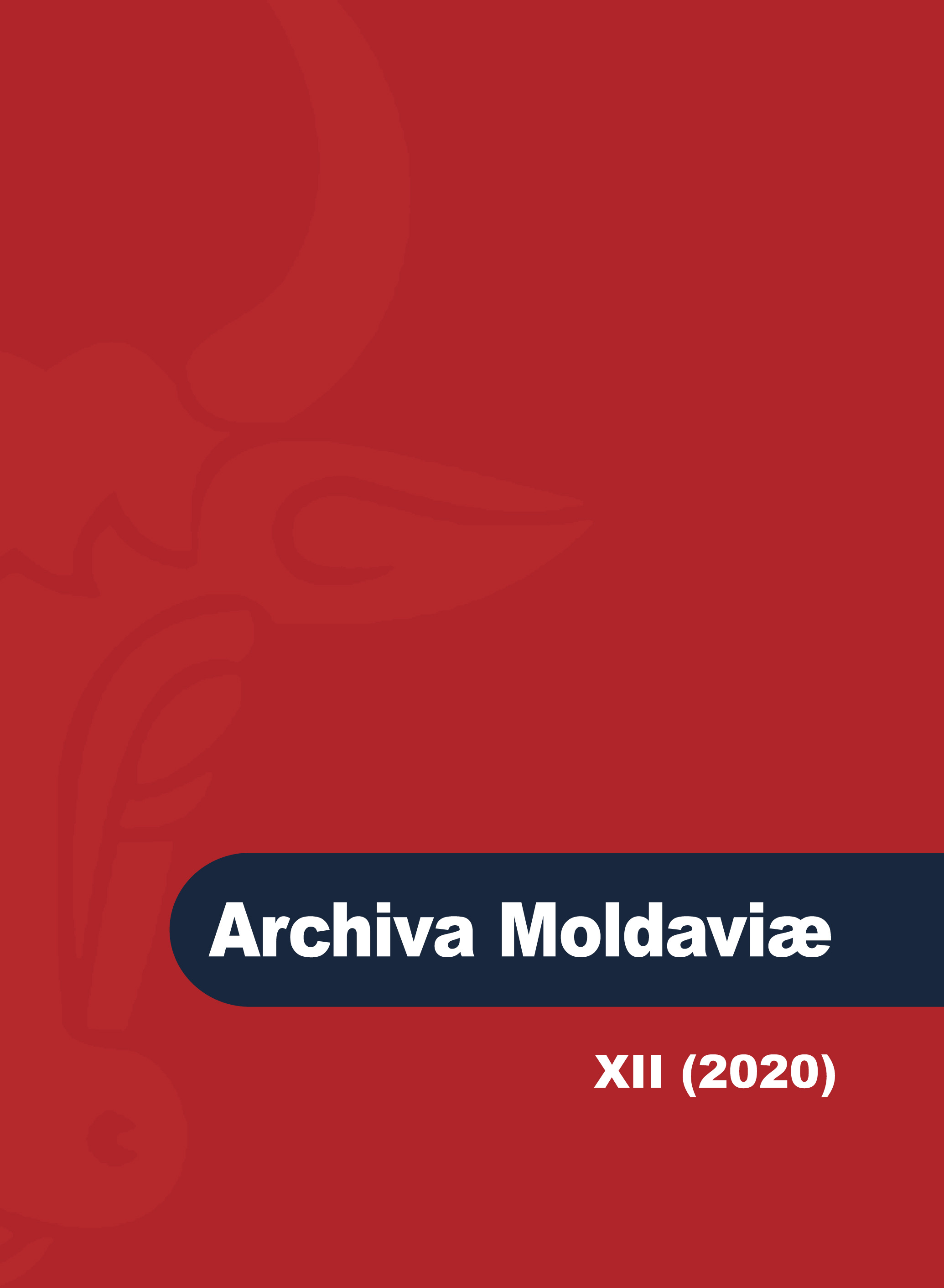Rex Dacie / regina Dacie. O istorie conectată de la Marea Baltică la Marea Neagră la amurgul Evului Mediu (I)
Rex Dacie / regina Dacie. A Connected History from the Baltic to the Black Sea at the Waning of the Middle Ages (I)
Author(s): Dan Ioan MureșanSubject(s): History, Middle Ages, 15th Century
Published by: Societatea de Studii Istorice din România
Keywords: Dacia; regnum Dacie; Denmark; political ideology; pontifical diplomacy; historical myths; Stephen the Great; Frederic III; Christian I.;
Summary/Abstract: Based on previous geographical confusions in Norman and Danish historiography in the 11th-12th centuries, the official creation of “Northern Dacia” pertains to the Roman Church, specifically to Pope Paschal II, simultaneously with the elevation in archbishopric of the siege of Lund, “metropolis Dacie”, in 1103/1104. By transforming Denmark in a regnum Dacie, we argue, the Roman Church “provincialized” it as a part of the new Christian Roman Empire of the Church, in the same way ancient Dacia was a province of the classical Roman Empire. From then on, “Dacia” in a restricted sense designates the Danish kingdom, while it regards in an extended meaning the Church province of all Scandinavia.The crisis of this medieval political and ecclesiastical terminology is thereafter put under closer scrutiny, starting with the making of the Union of Kalmar in 1397 and Eric VII’s reign. The official visit of Christian I in Italy and Rome in 1474 as “Rex Dacie” is here studied in some detail as one turning point when “Baltic Dacia” became part of a comprehensive European political and cartographic representation. Put in their genuine context, the few documents concerning a “Re de Dacia” starting with 1489 – recently claimed to be identified allegedly with Stephan the Great of Moldavia – concern in reality exclusively the sovereigns of medieval Denmark. A rich selection of representative pontifical, imperial and Italian written sources as well as iconographic and cartographic documents is convoked here in order to highlight this reality.
Journal: Archiva Moldaviae
- Issue Year: XII/2020
- Issue No: XII
- Page Range: 15-87
- Page Count: 72
- Language: Romanian

